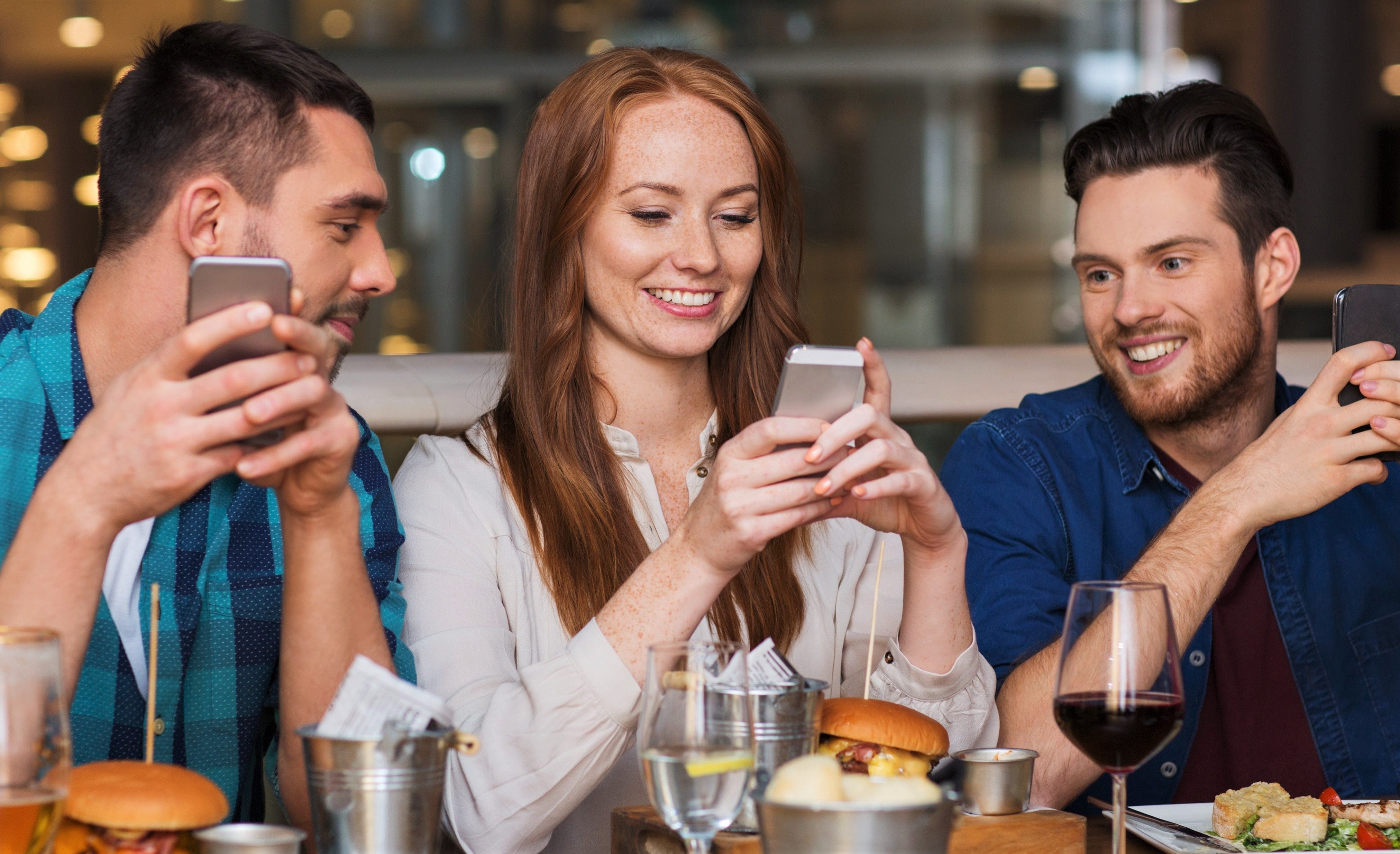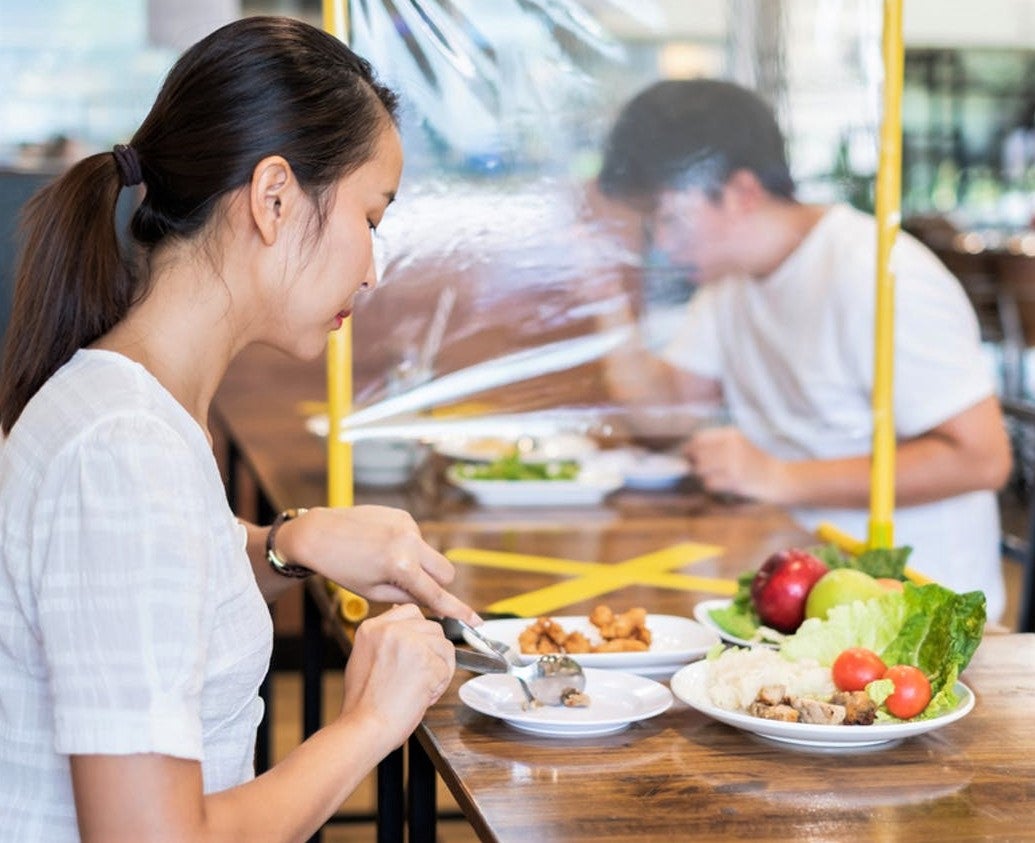How Has the Restaurant Industry Been Affected by COVID-19?
The coronavirus pandemic has affected every part of our lives for almost a year now, and while things are beginning to improve there is still a long way to go. Businesses will reopen in the months ahead, and with this a sense of normality will reinstate itself – but it’s hard to overlook that the hospitality industry has been more negatively affected than perhaps any other.
With unemployment figures in the US currently positioned around 6% – or ten million people – this a marked drop from the 18,000,000 Americans out of work from the outset of the pandemic’s first wave in April 2020. But in that recovery process, many small businesses have folded under the economic damage wrought by the impacts of COVID-19. Those surviving business have gone through a myriad of changes just to keep the lights on, so let's take a look at how this pandemic has affected the hospitality industry.
Chain restaurants dominate smaller “mom-n-pop” businesses
Toward the end of last year, it was estimated that more than 50% of all restaurants in the US would not continue trading by the end of the pandemic. While this statistic is enough to put a chill down the spine of any active restauranteur today, it is even more disheartening to know many of these businesses will be smaller family-owned restaurants. They simply don’t have the economic outreach to maintain their customer flow the same way far larger state-wide or nation-wide chains can.
Due to their ubiquity all over the US, these chain brands are able to recover their losses at a far higher rate than those of fixed-position businesses. Just a few months into the pandemic, statistics from early July showed only a 4% drop in average spending inside chain restaurants, compared with the previous year. By comparison, smaller independent restaurants saw a 25% drop in spending.
This has a lot to do with the mobility of QSRs (quick-service restaurants) that allows them to capitalize on customer demand almost irrespective of wider circumstances. After all, you can buy a Big Mac just about anywhere, but that homemade lasagna from Mama Lucia’s is always going to be a location-specific purchase – and if they close their doors, that’s that. Chain restaurants, meanwhile, have the customer base, brand loyalty, and revenue to suffice in just about any crisis.
Social distancing requirements and increased digitization

As businesses strive to minimize the risk of human-to-human transmission, they have had to implement drastic reduction of human contact, in the form of capacity restrictions – no more than six to a table and no more than two separate ‘bubbles’ in one another’s proximity – as well as physical division barriers put between them. As such, many restaurants and takeout services have begun to accept exclusively digital forms of payment, be that via online orders or contactless card payments.
Given their propensity for harboring diseases, banknotes were one of the first casualties of this pandemic, but there has also been a growing trend for digitized menus which customers are encouraged to view on their smartphones. While this may prove difficult for less tech-savvy diners, an alternative is to utilize single-use menus on low-quality paper. While a wasteful means of keeping customers safe, it should only be viewed as a temporary solution.
Menus optimized for home delivery
Hopes of returning to the halcyon days of yesteryear – where diners could sit and drink into the late hours without fear of curfew or social distancing restrictions – remain strong within the minds of restauranteurs. But they are, for now, just hopes. With so few customers even able to collect their meals in-house, especially due to the rise of ghost kitchens that operate as delivery-only entities, many restaurant menus have contracted to maximize turnover and ease of preparation.
Just like any other industry, hospitality has been forced to adapt to circumstance, so now the primary focus of any menu lies within its single-person portions. Shareable items such as garlic bread or cheese boards are a major no-go right now, thanks to their capacity for spreading bacteria between multiple diners. Wariness against bacterial transmission may persist in the years ahead, so we could even see the removal of such menu items altogether.
Large-volume items such as meal boxes, however, are set to become more popular as takeout items. These can be optimized for cost effectiveness – with restaurants purchasing ingredients in bulk to reduce their overhead – and targeted toward family bubbles, wherein the risk of contracting coronavirus is less than that of dining with friends.
Those ordering from home can expect to see a more streamlined menu, offering fewer dishes but perhaps increasing their portion sizes. This comes from restaurant owners opting to purchase the same ingredients multiple times over, allowing them to increase their output while mitigating food waste.
New hygiene habits

Just as some restaurants will not permit customers entry without face masks, so too will they be expected to sanitize their hands upon entry. These requirements extend further to the staff, who are required to disinfect their hands between serving customers and whenever they clear a table. There has also been a far stronger emphasis placed upon thoroughly wiping down chairs and tables with antibacterial spray. While this reduces the speed of table turnover, this should be balanced out by the restrictions placed on the number of diners to a single table.
For any business to have survived this pandemic, it represents an incredible victory over an economic catastrophe that has struck a severe blow to every sector, from entertainment to industry and manufacturing. But if your restaurant is still going strong, why not try out some of the hottest marketing trends of 2021 to see how you could boost your orders and increase your profit margins. Better yet, have a look through our restaurant owner’s blog for more tips and trick to maximize your business potential this year. They could make all the difference in this challenging and uncertain business climate.


